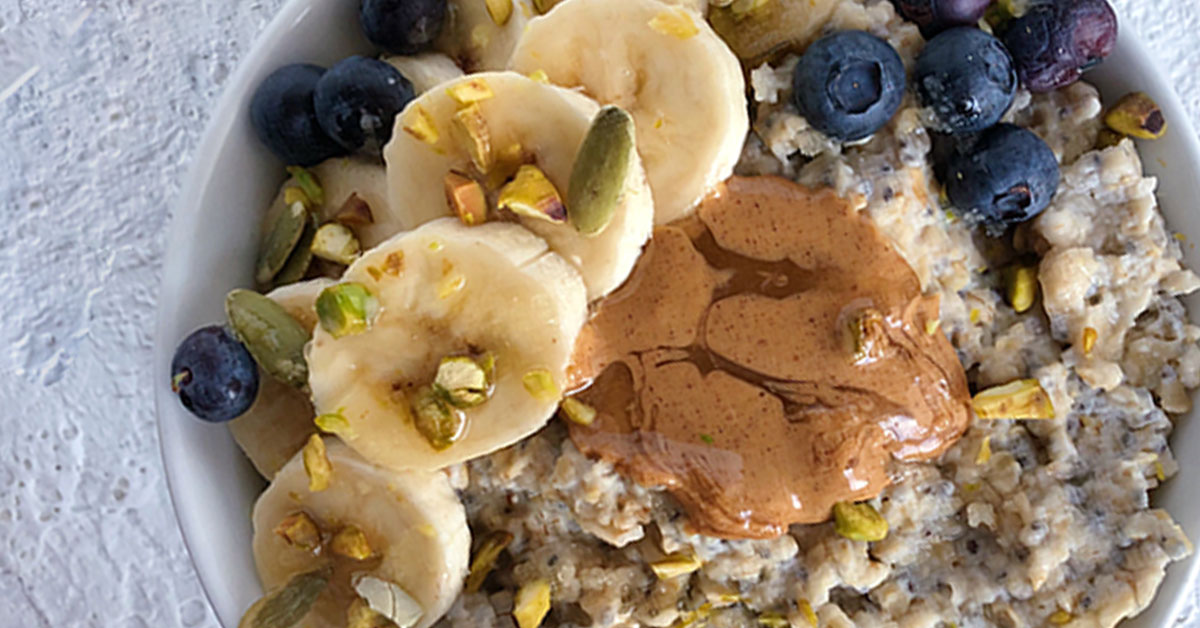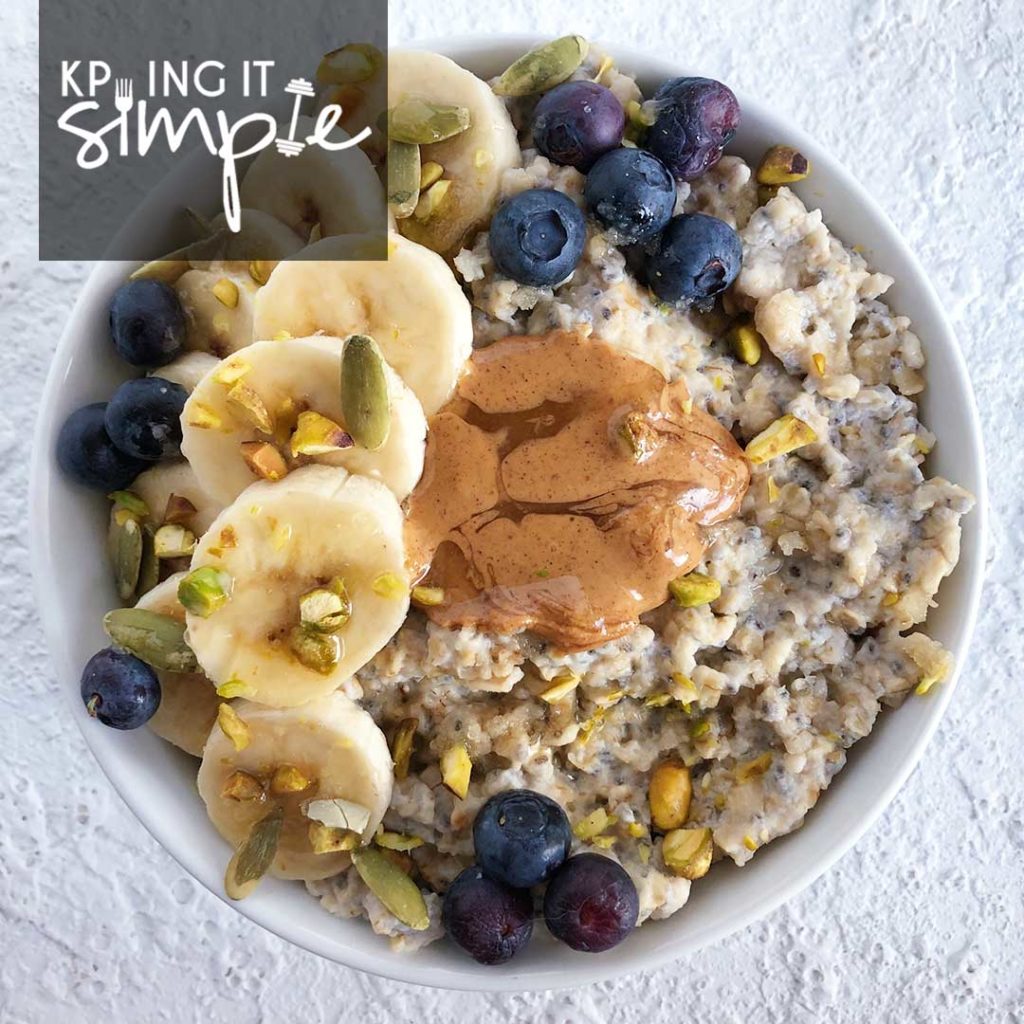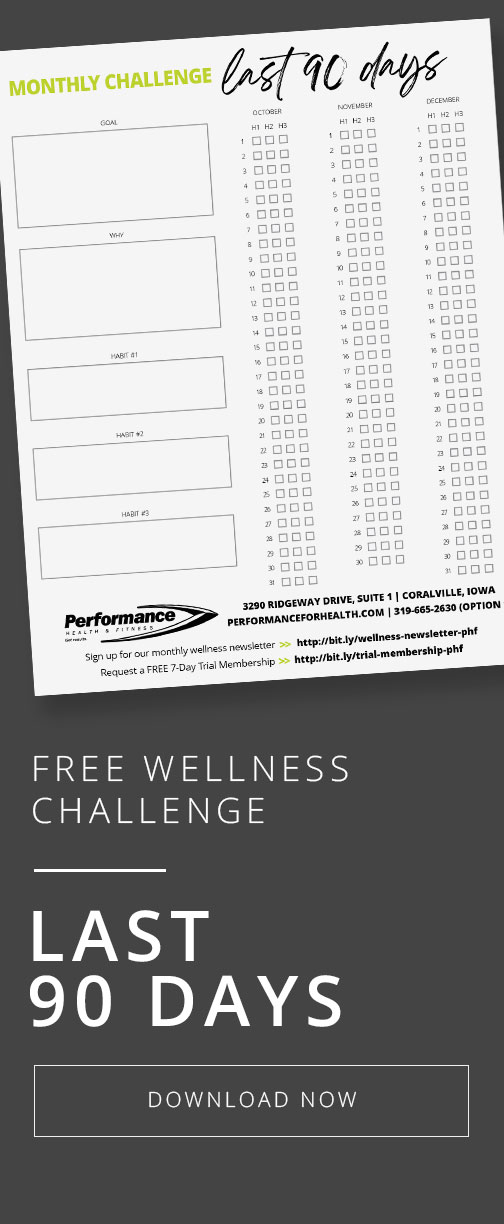According to the Center for Disease Control (CDC), the leading cause of death for both men and women in the U.S. is cardiovascular disease. Heart disease or stroke can occur at any age. February is Heart Month, which aims to bring awareness to heart disease and promote heart health.
Younger individuals (35-64) are at a higher risk for heart disease than before, due to high rates of obesity and high blood pressure among this age range. Half of Americans have at least one of the top three risk factors for heart disease – high blood pressure, high cholesterol, or are a smoker.
Uncontrollable risk factors include:
> Heredity
Your risk increase if you have a family history of heart disease
> Aging
The risk of developing heart disease increases with age
> Gender
Men typically have a greater risk of heart disease than women
It is possible to reduce your chances of developing heart disease by making lifestyle changes, even if you have one or more uncontrollable risk factors.
High blood pressure
Uncontrolled high blood pressure is one of the biggest risks for heart disease
High blood cholesterol
Diabetes and obesity, smoking, unhealthy eating habits, and inactivity can all increase cholesterol
Smoking
Smoking damages the blood vessels and can cause heart disease
Alcohol
Increased alcohol consumption may cause high blood pressure
Obesity
Extra weight puts stress on the heart
Diabetes
Can damage blood vessels and nerves that help control the heart muscle
Physical inactivity
Staying physically active helps keep the heart and blood vessels healthy
Unhealthy eating patterns
Eating foods high in trans-fat, saturated fat, and added sugar increases the risk factor for heart disease
How to keep your heart healthy
Get Active
- Aim for 150 minutes per week of moderate aerobic exercise, or 75 minutes per week of vigorous exercise throughout the week.
- Try to move throughout the day more often. Even light-intensity activity can offset the serious health risks of being sedentary.
- Include moderate- to high-intensity muscle-strengthening activity, like resistance or weight training, a couple times a week.
Eat Better
- Eat a balanced diet full of fruits, vegetables, whole grains, low-fat dairy products, poultry, fish and nuts. Try to limit sugary foods and drinks, fatty or processed meats, and salt.
Maintain a healthy weight
- Learning to balance healthy eating and physical activity
Control Cholesterol
- Healthy eating habits and physical activity can all help lower your cholesterol
Manage Blood Pressure
- Stress and poor diet have both been linked to high blood pressure
Stop Smoking
- Smoking damages your circulatory system and increases your risk of multiple diseases
Reduce Blood Sugar
- Added sugars are added to foods, drinks and condiments during processing
- Eating a lot of added sugar is linked to increased risks for high blood pressure, high cholesterol, diabetes and inflammation in the body
- Reduce consumption of added sugars by checking nutrition facts labels and ingredients, limiting sweets and sugary beverages, and limiting heavily processed foods
The American Heart Association recommended daily limit for added sugars:
Women – 6 teaspoons; 100 calories or 25g
Men – 9 teaspoons; 150 calories or 37.5g
Eat for Heart Health
A balanced diet, combined with regular physical activity, can help keep your body strong and healthy. Healthy eating habits help to prevent the development of many serious diseases, including heart disease, diabetes and obesity. A heart-healthy diet is one that includes fruits, vegetables, whole grains, low-fat dairy products, poultry, fish, legumes, and nuts. Try to limit saturated and Trans fats, added sugar, and sodium.
There is a stigma around carbohydrates as being a cause of weight gain, so many individuals limit or cut out carbs, especially grains, from their diet. Not all carbs are equal when it comes to nutrition; as a matter of fact grains are not all equal. Whole grains are a complex carbohydrate, which provides nutritional benefits. A grain is a whole grain as long as all three original parts — the bran, germ, and endosperm. The bran contains important antioxidants, B vitamins and fiber. The germ contains many B vitamins, some protein, minerals, and healthy fats. The endosperm contains starchy carbohydrates, proteins and small amounts of vitamins and minerals.
Refined grains are those that have had their bran or germ, or both removed. During this process, many of the important nutrients are removed.
Whole grains are a great source of fiber, which slows the digestion of carbohydrates for energy that lasts. Fiber, specifically soluble fiber, can help to lower LDL cholesterol by binding to cholesterol in the gut, keeping it from entering the bloodstream. Whole grains include amaranth, barley, buckwheat, bulgur, farro, oats, quinoa, brown rice, rye, sorghum, splet, teff, wheat, and wheat products.
How can start off your day with a delicious and nutrient-dense breakfast? With a bowl of oatmeal!
Oats provide lasting energy thanks to fiber, which slows the release of glucose into the bloodstream. Research has linked consumption oats with lowering blood lipids, body weight, and blood pressure. There is scientific evidence from multiple studies that shows whole grain oats help lower LDL cholesterol due to its high soluble fiber content. In fact, oats were the first whole grain recognized by the FDA to help reduce cholesterol and approved the first-ever food-specific health claim for oatmeal.
Think that oats are bland and boring? Think again, oats are the perfect base for flavorful toppings or mix-ins! This egg-white oat recipe courtesy of Performance Health & Fitness Member, Kelly Potter, provides fiber and protein for satiety. Adding toppings are a perfect way to add flavor and boost the nutritional value. Toppings like fruit, chia seeds, or flax seeds are a great way to add fiber for heart health and gut health. Nuts, seeds, or peanut butter boost the protein and fat to keep you feeling full. Chocolate chips, honey, or maple syrup add a little sweetness, or spices like cinnamon, nutmeg, or ginger elevate the flavor.
Egg White Oats Recipe
Egg white oats are one of our favorite breakfasts, especially for long winter days. The combination of oatmeal and chia seeds makes this bowl full of filling fiber and the addition of egg whites adds some extra protein while making the oats super fluffy! It takes just around five minutes and you can customize your bowl however you’d like – get creative. Enjoy!
- 1/2 cup (40 grams) oats (quick oats are easier for the microwave but you can use quick or rolled oats for the stovetop)
- Milk of choice (we use almond milk) – 1/2 cup for microwave or 1 cup for stovetop
- 1/4 cup liquid egg whites
- 1/2 Tbsp chia seeds
- Toppings of choice – options: fruit, nut butter, nuts/seeds/granola for crunch, 1 tbsp chocolate chips, 1/2 tbsp honey or maple syrup
Microwave: In a medium bowl, whisk together oats, milk, egg whites, and chia seeds. Microwave in 30-second intervals, whisking in between until all liquid is absorbed and oats are fluffy (approximately 2-3 minutes). Top with your favorites.
Stovetop: In a saucepan, bring milk of choice to a gentle boil. Add oats and cook, stirring frequently, until milk is almost absorbed. Add egg whites and chia seeds and whisk until fluffy. Transfer to a bowl and add your favorite toppings.



